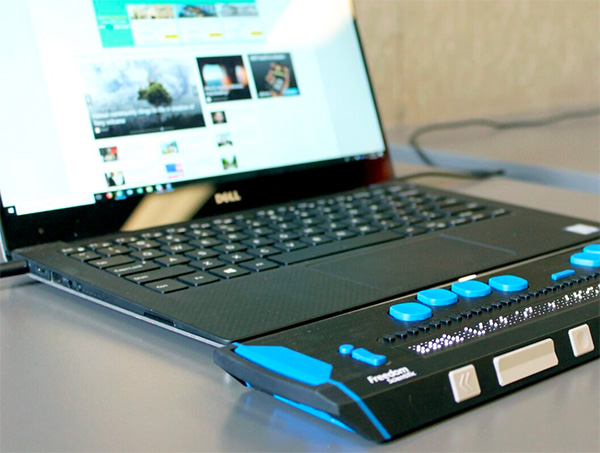
Working with screen-reader users, CREATE graduate student Ather Sharif and Co-Director Jacob O. Wobbrock, along with other UW researchers, have designed VoxLens, a JavaScript plugin that allows people to interact with visualizations. To implement VoxLens, visualization designers add just one line of code.
Millions of Americans use screen readers for a variety of reasons, including complete or partial blindness, learning disabilities or motion sensitivity. But visually-oriented graphics often are not accessible to people who use screen readers. VoxLens lead author Sharif, a UW doctoral student in the Paul G. Allen School of Computer Science & Engineering noted, “Right now, screen-reader users either get very little or no information about online visualizations, which, in light of the COVID-19 pandemic, can sometimes be a matter of life and death. The goal of our project is to give screen-reader users a platform where they can extract as much or as little information as they want.”
With written content, there is a beginning, middle and end of a sentence, Wobbrock, Co-senior author explained, “But as soon as you move things into two dimensional spaces, such as visualizations, there’s no clear start and finish. It’s just not structured in the same way, which means there’s no obvious entry point or sequencing for screen readers.”
Participants learned how to use VoxLens and then completed nine tasks, each of which involved answering questions about a visualization. Compared to participants who did not have access to this tool, VoxLens users completed the tasks with 122% increased accuracy and 36% decreased interaction time.
Learn more
This article was excerpted from a UW News article. Read the full article for additional details about the project.
